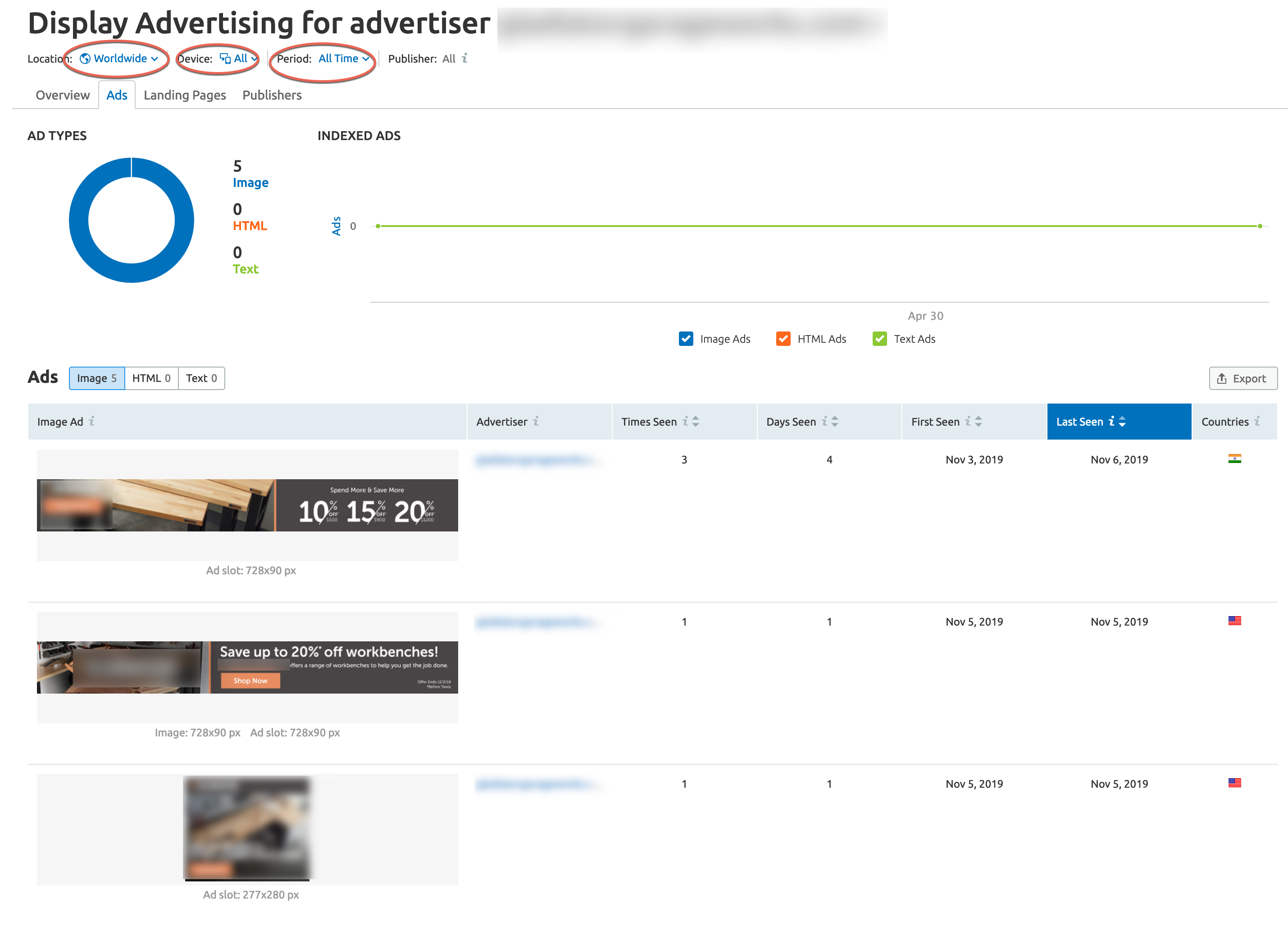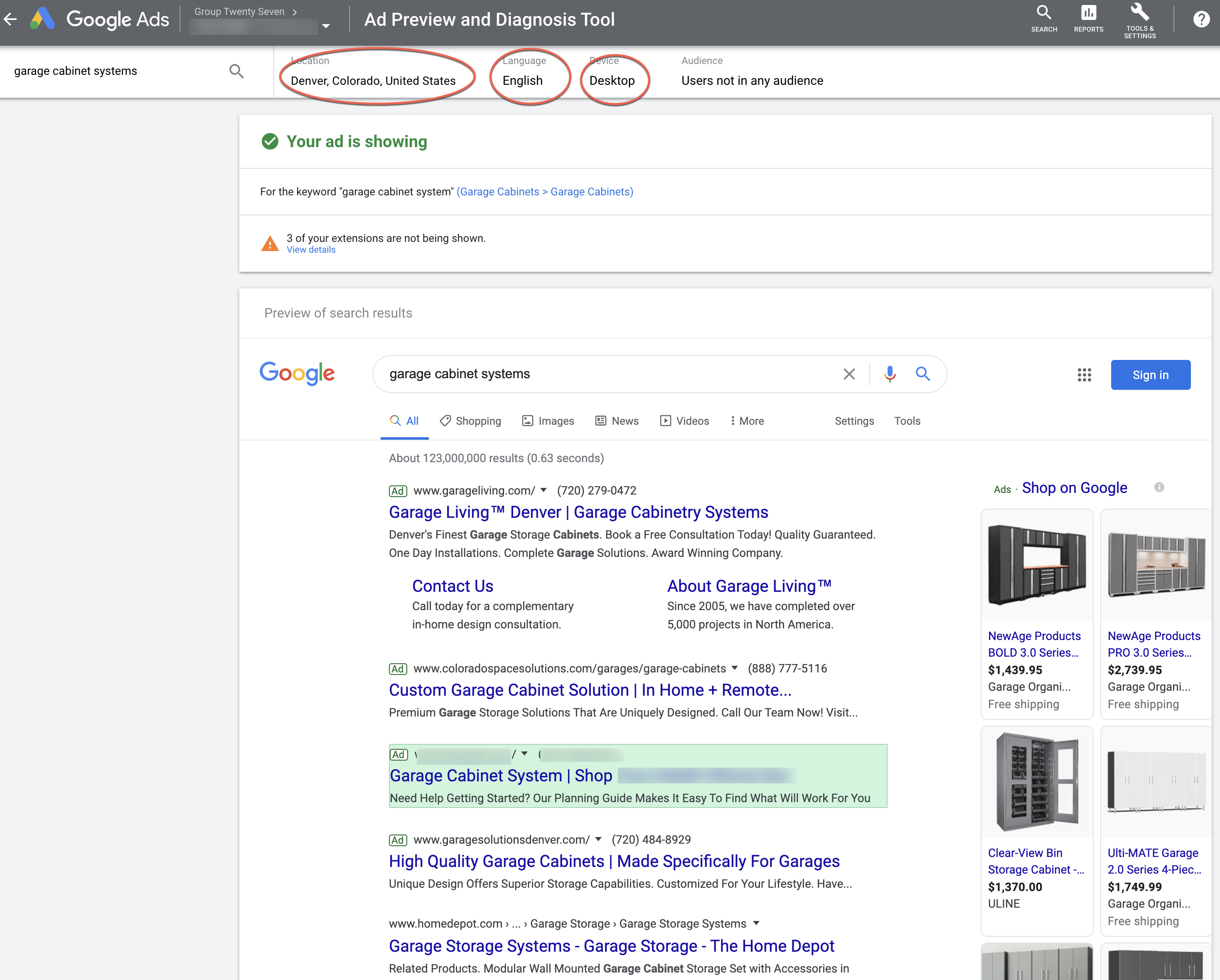Last week, a prospective client speculated that his previous advertising agency was using automation to create his ad messaging.
He reached this conclusion because his ad messaging never quite captured his business goals and/or spoke to his target audience.
And when he requested changes, the agency never applied them consistently.
So was his agency using automation? I can’t say for sure, but it seems likely.
After all, this prospective client was paying only $350 to $400 a month for account management. I don’t see how any agency could create spot-on messaging at that kind of rate.
Still, I understand his frustration. The agency should have been more open about their methods, and what he could expect to get in return for his fees.
Because there’s no escaping that really good messaging — messaging that speaks directly to your target market and accurately represents your brand — takes time and expertise to develop.

Or at least, it does the way we do it.
So HOW do we do it, you ask?
The process can differ somewhat, depending on your needs and goals.
But to give you a sense of what’s involved, our process is generally as follows:
1. Research your business
We start by asking you to fill out a questionnaire that’s designed to elicit information about your company and its products/services.
We want to know what differentiates your business and makes your products/services superior.
In addition, we want to find out what audiences you want to target, and what companies you’re competing against.
We also use this process to learn about your other marketing activities, including past PPC campaigns and activities in other marketing channels. After all, no marketing channel works in isolation, and we want to make sure our PPC activities will optimize other marketing efforts and vice versa.
And finally, we ask about brand style and feel to make sure our ad messaging aligns with the tone.
Once the questionnaire is complete, we typically follow up with a meeting to walk through it — giving us the opportunity to dig deeper and ask questions.
2. Research your competitor’s ad messaging
The next step is to take a close look at the competition.
We often use SEMrush to check out messaging that competitors are using in different ad formats, such as text, display and PLAs (i.e. shopping ads).
By analyzing this messaging, we can quickly see what competitors are highlighting as a differentiator, such as:
- Discounts
- Free shipping
- Value-added programs or products
- Free consultations
- Free audits
- Free analysis
- Lower pricing.
For example, let’s look at the following SEMrush results for storage organization systems:
As you can see, we can quickly get a bird’s eye view of what this company is emphasizing. In this case, they’re leaning heavily on consultative design services and using it as a differentiator.
We use the same tool to analyze competitor display ads too:
We can also adjust settings for location, device type and time period (circled in red) to see what ads come up.
The goal of this exercise isn’t to copy what your competitors are doing. It’s to find ways to differentiate your business and spark new ideas.
It’s an opportunity to offer something unique and capitalize on what the competition isn’t offering.
And besides, just because your competitors are doing something, that doesn’t mean it’s a good idea for you (or even that it’s a good idea for your competitors!).
3. Create, test and review
The last step in our process is to actually create the messaging.
Once we’ve written it, we review it with you for feedback and approvals. We then test, monitor and adjust as we see how it performs.
We often use the Google ad preview tool to help us with this process.
This tool has been around forever, and for good reason. It’s a great way to view simulations of the ad landscape by location, device and keyword.
The tool lets us know if the ad is impressioning and gives other useful bits of information, such as which extensions are showing up.
Again, you can adjust for different locations, languages and devices (circled in red):
So even if you’re targeting London (and we’re located in Boston), we can still see how the ad impressions.
If we’ve done the first two steps right, this last step is typically a breeze.
Sometimes You Get What You Pay For
Given all the steps involved, you can see why customized, on-target ad messaging can’t be done for a couple hundred dollars without taking significant shortcuts.
Does automation have a role to play here? Perhaps for some agencies, depending on the budget they have to work with.
But even if that’s the case, it’s something agencies need to be open and honest about.
Because there’s no escaping that — in this case at least — you get what you pay for.


